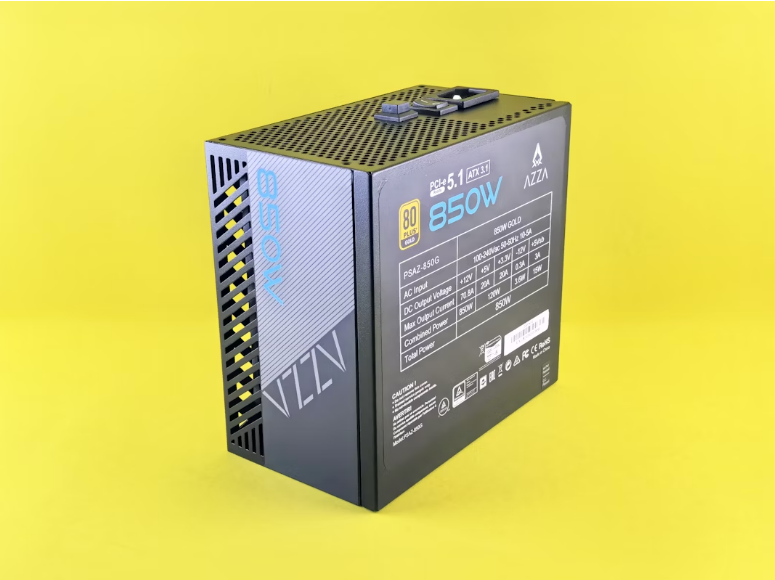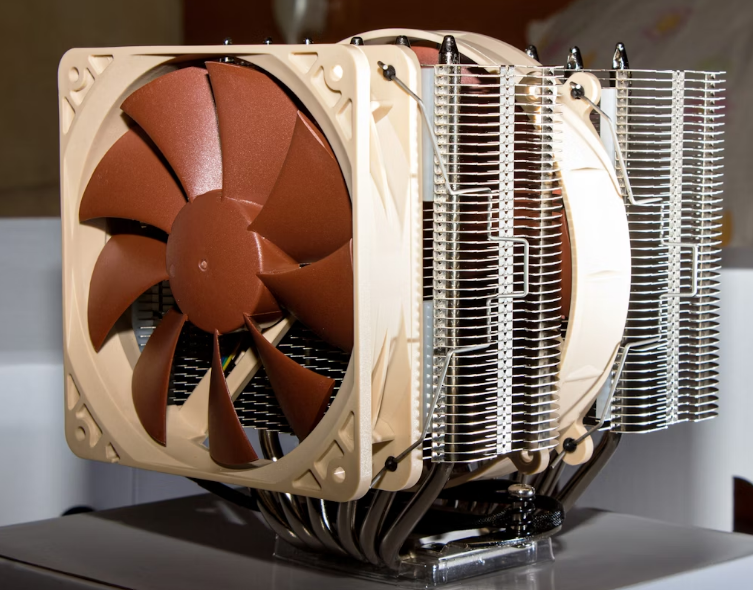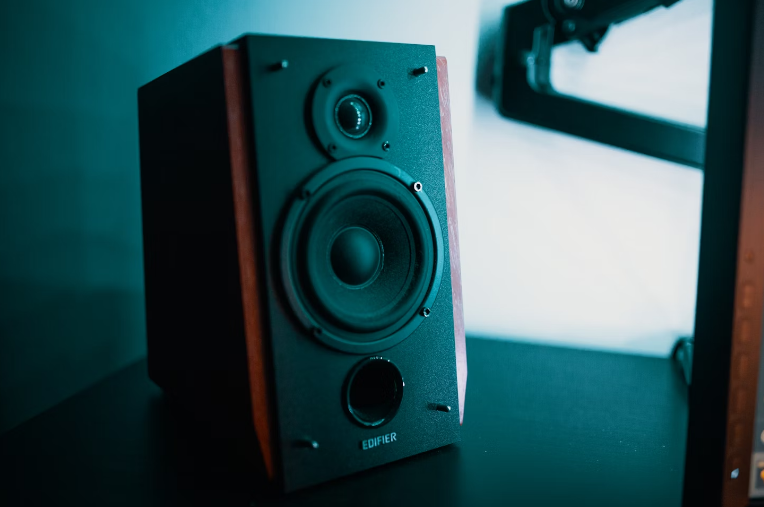The Overlooked Side of Computer Care: Power, Cooling, and Sound
When we think about keeping our computers in top shape, our minds usually jump to software: running antivirus scans, updating drivers, and clearing out old files. On the hardware side, we might dream about the next big graphics card or a faster processor.
But what about the unsung heroes that keep everything running smoothly? Stable power, efficient cooling, and controlled sound are the foundation of a healthy, long-lasting, and enjoyable PC experience.
In this article, we’ll pull back the curtain on these crucial elements and show you why they deserve your attention.
Power: More Than Just an On Switch

Inconsistent or “dirty” power is a silent killer for sensitive electronic components. It’s not just about turning the computer on; it’s about providing it with the stable lifeblood it needs to perform reliably day in and day out.
A. Choosing the Right Power Supply Unit (PSU)
Think of the PSU as the heart of your PC. It takes the power from your wall outlet and converts it into the precise voltages your components need.
A cheap, low-quality PSU can cause random crashes, data corruption, and, in the worst-case scenario, fail catastrophically and fry your entire system.
When looking at a PSU, pay attention to its efficiency rating. You’ll see labels like “80 PLUS Bronze, Gold, or Platinum.”
This rating is a simple indicator of quality and reliability—a higher rating means less wasted energy and often better-quality internal components. You don’t need to overbuy on wattage, but getting a quality PSU from a reputable brand is one of the best investments you can make for your computer’s health.
B. Protecting Your Gear from the Grid
Your wall outlet isn’t always a source of clean, stable power. To protect your investment, you need a line of defense. Many people plug their PCs into a basic power strip, thinking it’s enough. However, a simple power strip offers no protection from voltage spikes caused by lightning or electrical grid issues.
A surge protector is what you really need. It’s designed to absorb those sudden spikes and prevent them from reaching your computer. For even better protection, consider an Uninterruptible Power Supply (UPS).
A UPS is a device with a built-in battery. If you experience a brownout or a full blackout, the UPS instantly takes over, giving you precious minutes to save your work and shut down your computer safely.
Cooling: Keeping a Cool Head Under Pressure
Heat is the number one enemy of performance and longevity for electronics. When your processor or graphics card gets too hot, it automatically slows itself down to prevent damage. This is called “thermal throttling,” and it’s the reason your game might start stuttering after playing for a while. Sustained high temperatures can also shorten the lifespan of your components.
A. The Basics of Airflow
The principle of computer cooling is simple: get cool air in and push hot air out. Your desktop case uses intake fans to pull in fresh, cool air and exhaust fans to expel the hot air generated by your components. For this to work, the case needs room to breathe.
Make sure you don’t shove your desktop tower into a tight cabinet or push it right up against a wall. The same goes for laptops—never use one on a soft surface like a bed or couch, as this can block the vents underneath and cause it to overheat.
B. Defeating the Dust Bunnies
The most common cause of overheating is dust. Over time, dust builds up on fans and heatsinks, acting like an insulating blanket that traps heat. Clogged fans have to spin faster and louder to do their job, and eventually, they can fail entirely.
The solution is simple: a can of compressed air. Every six to twelve months, unplug your computer, take it outside or to a well-ventilated area, and give the inside a thorough cleaning.
Use short, controlled bursts of air to blow the dust out of the fans, heatsinks, and power supply. You’ll be surprised how much quieter and cooler your system runs afterward.
Sound: From Annoying Noise to Immersive Audio
This final piece of the puzzle covers two sides of the same coin: minimizing the unwanted noise your computer makes, and improving the quality of the sound you want to hear from it.
A. Taming the Roar: How to Build a Quieter PC
A noisy computer can be incredibly distracting. The main culprits are usually the fans for the CPU, graphics card, and case, which have to spin faster as things heat up. As we just discussed, cleaning the dust out of your PC is the first and most effective step to quieting it down. You can also use software to create custom “fan curves,” which tell your fans to spin just fast enough to keep things cool without making a racket.
B. Crafting Your Perfect Soundscape
Once your PC is running quietly, you can focus on making the audio experience a pleasant one. The built-in audio on most motherboards is functional, but it needs a good audio setup to be realized to its fullest potential.
Upgrading to a good pair of headphones or a quality set of speakers can make a world of difference.
For those serious about their setup, whether for gaming, movies, or music, investing in quality gear is key. Companies specializing in Audio Video Solutions can help you design a truly immersive experience, from high-fidelity speakers to perfectly tuned room acoustics.
Of course, it’s a strange irony that in our quest for perfect audio, we can sometimes neglect the most important audio equipment we own: our ears. Listening at high volumes for extended periods, especially with earbuds, can lead to hearing fatigue and permanent damage.
If you ever have concerns about tinnitus or hearing loss, getting a professional check-up is a proactive step. Check out Active Hearing healthcare center today to ensure you can enjoy that crystal-clear audio for years to come.
Conclusion
Stable power, efficient cooling, and controlled sound may not be as exciting as a new processor, but they are the bedrock of a great computing experience. Caring for these often-overlooked aspects of your computer is a simple but powerful way to protect your investment, boost performance, and make the time you spend at your desk that much more pleasant. It’s the next step in moving from a casual user to a truly savvy owner.



